Share this
by PORT on Sep 13, 2022 5:08:31 PM
When Louis Hartmann stole the…well, you get it
The practical lensed spotlight was invented by Louis Hartmann in 1879, and the first electric spotlight in America was installed on the stage at Boston Bijou's theatre in 1882. In 1904, Hartmann invented a baby lens which was 50 times more powerful than a candle with the added benefit of not causing fires!
Spotlights have come a long way since that 50-watt light first hit the theatre scene!
Here are some of the many varieties today:
Ellipsoidal
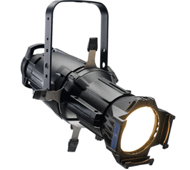 Invented in 1933, ellipsoidal reflector spotlights (ERS), also known as Leko lights, focus light onto a very specific, small area of a stage. ERS is the workhorse of theatrical lighting. They usually produce a round-shaped light but can be changed using a shutter, iris, or gobo (a metal filter template placed in a light fixture to project an image or design onto a surface). The components include a bulb, the blades that shape the light, and the lens.
Invented in 1933, ellipsoidal reflector spotlights (ERS), also known as Leko lights, focus light onto a very specific, small area of a stage. ERS is the workhorse of theatrical lighting. They usually produce a round-shaped light but can be changed using a shutter, iris, or gobo (a metal filter template placed in a light fixture to project an image or design onto a surface). The components include a bulb, the blades that shape the light, and the lens.
Followspots
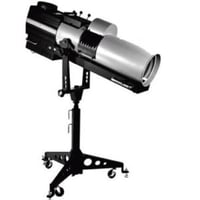 A Comet followspot is used on stage when the light needs to follow a performer or other moving object or when the beam size and color need to be varied. It produces a narrow, soft, or sharper-edged beam of light. Followspots are especially well-suited for performers who are always in motion. It would be difficult to capture Lin-Manuel Miranda’s spirited, kinetic stage presence if a light wasn’t following him from one location on the stage to another!
A Comet followspot is used on stage when the light needs to follow a performer or other moving object or when the beam size and color need to be varied. It produces a narrow, soft, or sharper-edged beam of light. Followspots are especially well-suited for performers who are always in motion. It would be difficult to capture Lin-Manuel Miranda’s spirited, kinetic stage presence if a light wasn’t following him from one location on the stage to another!
While follow spots are usually controlled manually, the new RobotSpot allows spotlight operators to remotely control up to 12 fixtures simultaneously. This removes the need to be in the rafters of a venue or operating heavy, traditional spot fixtures. Thanks to this state-of-the-art technology, techs have fewer run-ins with operatic phantoms.
Fresnel
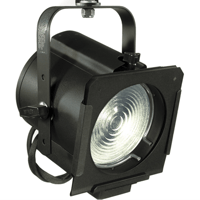
A Fresnel spotlight is a soft-edged light that works like a floodlight but with more control over the angle of the beam. Fresnel beams are adjustable, and operators can move the lamp or LED source closer or further away. Thankfully less explosive than its predecessor, but still a lovely way to step into the limelight.
PAR
A PAR spotlight (parabolic aluminized reflector) is one of the most commonly used types of spotlights for the stage. Each PAR spotlight includes a filament, reflector, and lens aligned in fixed positions. The reflector helps concentrate the light and gives it an oval shape (parabola). While PARs don’t give you as much control over the size of the beam, they are the go-to lighting for rock concerts because they illuminate a large area with strong light. They are an excellent choice for an energetic performer like the late Freddie Mercury. He couldn’t rock you if you missed some of the action due to a darkened area of the stage.
A PAR Pin spotlight allows a spotlight operator to focus a narrower beam of light to illuminate a small detail, such as an award, the face of a performer, or a wedding cake.
PORT – Creative lighting for theatrical productions and events
In business since 1985, Port Lighting is committed to providing our clients with the best equipment so you can stage the show of your dreams. Our conscientious, skilled team of 20 experts provides meticulous services. We are passionate about what we do and are 100% committed to excellence across every job – it’s our guiding light in everything we do!
In addition to theatrical lighting, our services include:
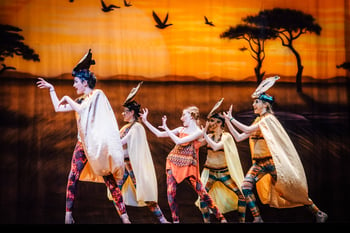 LIVE
LIVE
- Architectural Lighting Design
- Theatrical Lighting Installation
- Installation of Rigging & Stage Curtains
Want to learn more about what we can do for you? Contact us for a consultation and bring your event into the spotlight.


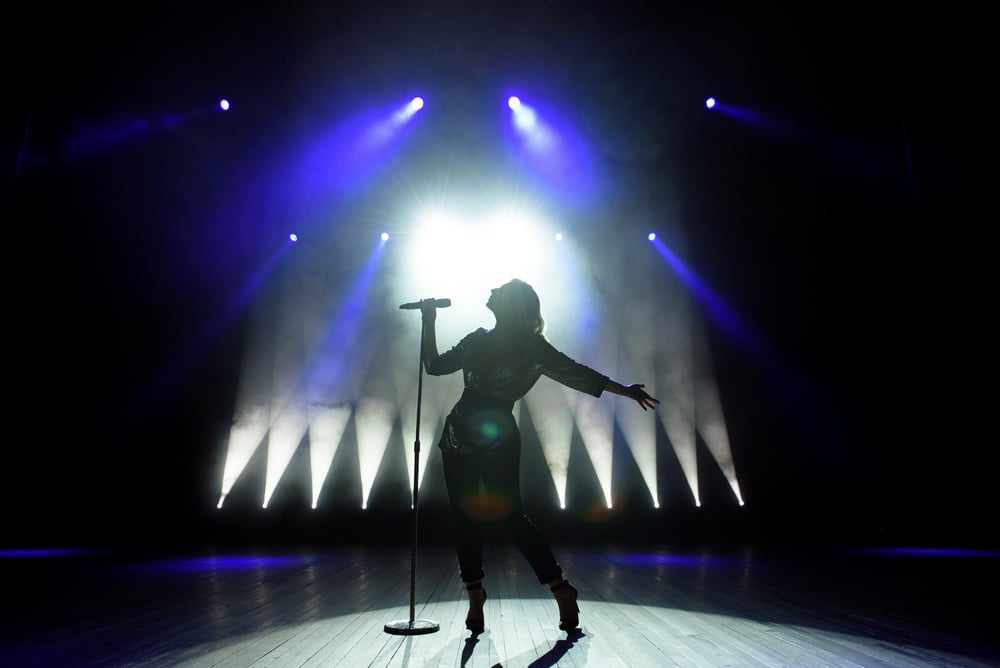
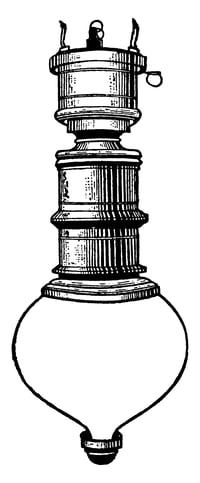

No Comments Yet
Let us know what you think